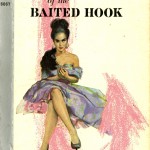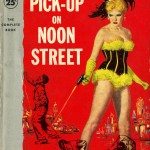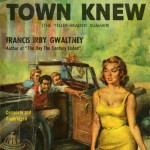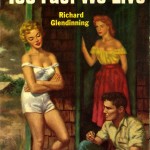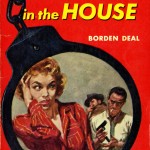Over the last few months, we’ve been digitizing the papers of Henry De Lamar Clayton, Sr. As our student worker Ellyn and I see the final box of materials in sight, it seems like a good time to give an overview of what you’ll find if you want to dig in to the collection. Click on any of the thumbnail images below to see them in detail.
Born in Georgia in 1827, Clayton attended college in Virginia and eventually moved to Alabama, learning about law while working under future Alabama Governor John Gill Shorter. From 1857-1861, he served in the Alabama Legislature. Go to the finding aid and open up the series Family and Personal Data or Emory and Henry Colleges to see personal correspondence, newsclippings, and other documents about this period.
When war came, he distinguished himself, commanding the First Alabama Regiment, which was reorganized as the Ninth Alabama Volunteers. After being wounded in the battle of Murfreesboro, he was promoted from colonel to brigadier general. His brigade fought at Chickamauga and in the Atlanta campaign, among other encounters. Eventually, he was made major general, commanding a division that fought mostly in campaigns in Georgia and Tennessee. Go to the finding aid and open up the series Generalship to see papers relating to his Civil War service, including personal correspondence and military papers like muster rolls and reports to his superiors.
After the war, Clayton was a planter, then he was elected Judge of the Circuit Court in 1866, a position he lost two years later because of Reconstruction laws. He was a lawyer again until those laws allowed for his reelection, and he held his Judgeship for 20 years. Though he failed in a bid for Alabama Governor, he was elected the President of The University of Alabama in 1886. Three years later, he died in Tuscaloosa. For information on this period, see the series Legal Practice and Judgeship, Politics, and University of Alabama Presidency in the finding aid.
In every collection of personal papers, there is material that doesn’t quite seem to belong but is interesting nonetheless. Among the Miscellaneous and Artifacts series are an assortment of random items, some of which belonged to his wife or sons. The most interesting item is something we can’t formally digitize, although I did take a picture of it. A bayonet from WWI, perhaps belonging to his son Bertram, who died in the war.
You never know what else you might find in the papers of this fascinating figure!

